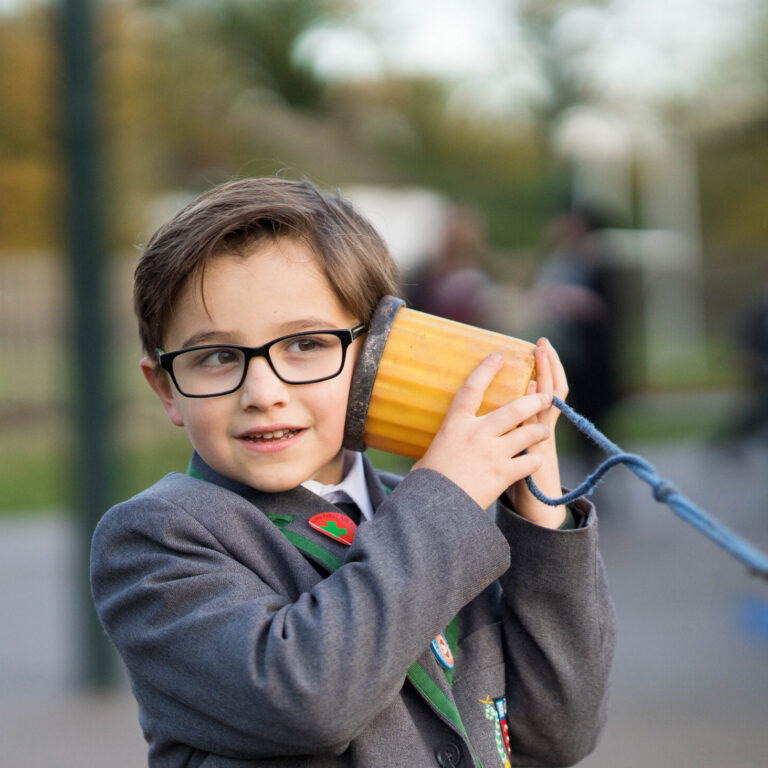High academic standards and a rich and varied curriculum, delivered through an individualised approach, encourage our pupils to do their absolute best in everything they do. Assessing the young people within our school is vital to ensure they are progressing appropriately and achieving their full potential.
Computer-based Tests
All pupils (Years 1-6) undertake computer-based tests when they join the school and within the first few weeks of each new academic year. Pupils are assessed in these six key developmental areas which research shows are linked to later academic outcomes:
- Reading word recognition, decoding, and comprehension
- Spelling
- Mathematics, includes counting, arithmetic, fractions, patterns, algebra, measures, shape and space, and data handling
- Mental Arithmetic addition, subtraction, multiplication, and division
- Developed Ability picture vocabulary and non-verbal reasoning
- Attitudes pupils’ attitudes to reading, maths, and school
These assessments generally begin with reasonably easy questions and then use the child’s responses to decide whether to progress to more challenging questions or to revert to easier ones. This means that the assessment is tailored to a child’s ability. Each individual is challenged at a level which is appropriate to them, resulting in an experience which is motivating and enjoyable.
The system can help teachers identify an individual’s strengths and areas for development, spot the more able and gifted as well as those who may need additional support. The information is also used to inform decisions such as target setting.
Formative and Summative Assessment
Attainment and progress are measured by each teacher for each pupil using a combination of formative and summative assessments.
PIRA (Progress in Reading Assessment) and PUMA (Progress in Understanding Mathematics Assessment) are completed each term. Teachers use this data alongside ongoing assessment to track children’s progress on Target Tracker. Teachers assess against Key Performance Indicators (KPIs) that align with the National Curriculum.
Pupil Progress meetings are held regularly to ensure all children are being suitably supported or stretched and challenged.
Children’s attainment is reported to parents termly.
Reporting
Each academic year every pupil in the Prep School receives:
- Two grade cards
- One full report
- Two parents’ evenings
The grade cards and report give detailed information about the development of each child’s progress and attainment over each term as well as their next steps with a particular focus on Reading, Writing and Maths. Target Tracker Grades, Progress for Reading, Writing and Mathematics and Year 1-6 Assessment Grades for all other subjects are explained below.
The children are awarded a grade which has a number and a following letter. The number roughly translates to the year group the child is in i.e. 5 would be a child in Year 5. They will then have one of the following letters S+, B, B+, W, W+, S and S+. Please see below for what this means in each section.
We expect the children to work through these ‘fine grades’ across the year.
| Target Tracker Grade | Assessment Grade | Description of grade |
| In the previous year band | Below | Pupil is working on securing objectives below current age-related expectations. They may also be beginning to work on objectives in their current age group. |
| B | Emerging | Pupil is working within age-related expectations. |
| B+, W | Developing | Pupil is working well within age-related expectations. |
| W+, S | Secure | Pupil is secure in the term’s age-related expectations. |
| S+ | Mastering | Pupil is working at greater depth within age-related expectations. They can apply their secure knowledge consistently, confidently and fluently. |
| The next year band up B | Above | Pupil is working above their age-related expectations. They are working on the curriculum for an older year group. |
Learning Behaviours
- Pupils should arrive to lessons on time, ready to learn, with the correct equipment.
- They should engage with learning and work hard throughout their lessons.
- Their conduct should contribute to a positive learning environment.
- Their homework should be completed on time to the best of their ability.
Approach to Learning
The pupils’ effort (approach to learning) is assessed using the following descriptors:
- Excellent Pupil – always demonstrates the learning behaviours and extends their learning independently
- Good Pupil – always demonstrates the learning behaviours
- Satisfactory Pupil – usually demonstrates the learning behaviours
- Unsatisfactory Pupil – seldomly demonstrates the learning behaviours


